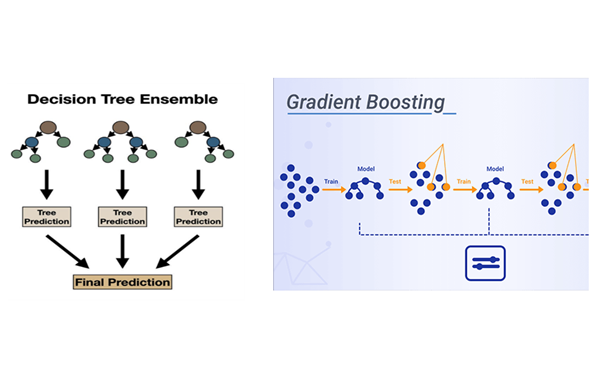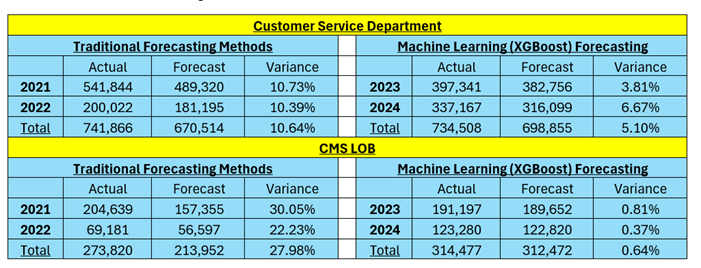By
David S. Williams
|
Date Published: October 21, 2024 - Last Updated October 21, 2024
|
Comments
Linear regression, Holts winters, Box Jenkins and exponential smoothing — all are forecasting techniques that we are familiar with in the contact center world. We use these techniques to predict future volume as accurately as possible. This is done to increase operational efficiency through advice and information to the decision makers in the organization that we work with.
As professionals, we always want to make sure that our recommendations are sound, accurate, palatable and informative. If you have these same values, then we have something in common.
Four years ago, I learned the ins and outs of capacity planning from our former capacity planner, who taught me interval analysis, Erlang C and historical analysis. A year later, when the opportunity arose to take over as the capacity planner, I had completed a Python certification and was exploring machine learning techniques. I became intrigued by how these technologies could enhance our call center operations.
What is machine learning?

Machine learning is a branch of AI that uses statistical models to identify patterns and make predictions based on training data. Various algorithms exist, including support vector machines, ARIMA and random forests. Each has its strengths, but I found that XGBoost would be particularly effective for our healthcare operations.
XGBoost is a machine learning algorithm in Python that uses gradient boosting, decision trees and Tree Ensembles to make predictions on data. Tree Ensembles is a collection of decision trees combined iteratively to create a stronger model by correcting the errors of the previous tree.
Gradient boosting is a technique that combines the predictions of weak models (decisions trees) to build a strong predictive model. Essentially, Xgboost trains itself on data, develops a model, then tests the model to find the most accurate tree ensemble. Then, it does this by repeatedly testing itself against some type of loss objective function (Mean Squared Error or Mean Absolute error) to test accuracy.
What is XGBoost?
XGBoost is derived from Taylor’s theorem. Taylor’s theorem is a concept in calculus that provides an approximation of a function using polynomials. It expresses a function as a sum of its derivatives at a single point. Simply, if a function is differentiable at a point, then it can be approximated by a polynomial of degree around that point.
Linear regression assumes a linear relationship between variables and can be sensitive to outliers, while exponential smoothing works well for level and trend but may not adequately capture seasonality without manual adjustments. XGBoost increases forecast accuracy by allowing additional endogenous (Independent) factors to influence the exogenous (dependent). These are functions that cannot be done with traditional contact center forecasting methods.
Results we’ve seen from XGBoost

After adopting XGBoost, we observed remarkable results in our capacity planning efforts. The model not only increased accuracy, but also reduced variance, enabling better resource allocation and staffing optimization. For example, in our customer service department, we reduced variance by nearly 50%. When analyzing combined data from 2021 and 2022 with traditional methods, the variance was 10.64%. In contrast, when analyzing combined data from 2023 and 2024, using XGBoost dropped to 5.10%.
In our highly regulated Medicare segment, the improvements were even more significant. The variance with traditional methods was 27.98% for 2021 and 2022 combined data, but fell to just 0.64% with XGBoost in 2023 and 2024 combined data. It’s worth noting that external factors, such as the COVID-19 and vendor issues, affected variance in earlier years, while similar challenges affected us in 2023, the Change Healthcare hack, and CloudStrike issues affected us in 2024.
By embracing machine learning and algorithms like XGBoost, contact centers can transcend the limitations of traditional forecasting methods. This shift not only aligns with our core values of providing sound, accurate and actionable recommendations, but also positions organizations to better respond to the dynamic nature of customer demand.
As we continue to explore innovative approaches, the integration of advanced technologies like machine learning will play a pivotal role in shaping the future of capacity planning and forecasting in our industry. By leveraging these tools, we can ensure that our operations remain agile and responsive, ultimately delivering better service to our customers.